The last few days have been understandably anxiety-producing for Wellingtonians, as multiple earthquakes have been rocking the region.
Although there have fortunately been no deaths and minimal injuries, there has been some damage to property and infrastructure, notably the reclaimed land the port is constructed on.
Earthquakes are mostly dangerous because of the built human environment, not the natural environment. In areas that have few buildings, for example, earthquakes aren’t as dangerous or disruptive (of course, there’s not as much human activity to disrupt). Centrally provided infrastructure –like the electricity grid and sewerage– are especially vulnerable and can affect large numbers of people precisely because of their centralised nature. The way we build our buildings and choose our infrastructure therefore affects our resilience, or our ability to recover, after a disaster like an earthquake.
It is precisely this earthquake risk and resilience that has been cited as a reason for building Transmission Gully at huge cost, even though it has an extremely low benefit-to-cost ratio (BCR).
With fewer than $500m in benefits, building Transmission Gully at a cost of $1b is like building Wellington Hospital, burning it down, and building it again. (Of course, the Government is proposing to build it at a much higher cost: over $3b for no additional benefit, so go ahead and think up $2 billion worth of public goods that we might want to destroy.)
But the low economic benefit is immaterial. We obviously need a second road out of Wellington, the conventional wisdom goes, in case the big one hits. Or something else closes the coast road.
There is no question that an encroaching coastline, due to global warming, will mean changes to our existing infrastructure. However, an energy intensive, mostly fossil-fuelled, transport system is unlikely to be very helpful at that point.
So, given we have to make huge changes to our transport system to deal with rising oil prices and the need to reduce greenhouse gas emissions, and that there are huge positive benefits (economic, health, etc) to reducing our car-dependence, it seems a bit silly to spend billions on a duplicate motorway that is not forecast to carry a huge number of cars, even assuming the status quo persists (somehow).
Arguing that we need to spend billions on a second highway in case of an earthquake is kinds of like arguing that every homeowner in Wellington should really have a second home in another, less-earthquake-prone, city. It sounds good until you realise the enormous cost and impracticality. Instead of owning multiple homes – residents plan for contingencies. You have insurance, emergency preparedness kits, and you try to ensure the house is up to spec.
Of course, the analogy falls short here because the duplicate highway is actually still in Wellington, not somewhere less earthquake prone. It is highly questionable whether Transmission Gully would be less vulnerable to an earthquake that takes out the existing highway, as the route spans a number of active fault lines.
Motorways aren’t the most resilient pieces of infrastructure in disasters, for much the same reason they aren’t good urban transportation solutions:
1) they aren’t the best option for moving large numbers of people at one time.
2) they are only as useful as the weakest link in the network – so if part of one fails the whole thing will fail.
Bicycles actually may be one of the best tools in a post-disaster city, because they don’t take up much space, they don’t require any external sources of fuel, They can be carried over obstacles. The day of the second Christchurch earthquake, people with bicycles found it much easier than others to get home. Not long after the earthquake, I visited a briefing held at the Art Gallery, which was being used as a headquarters. Because so many of the roads in and around the red zone were closed, I saw close to fifty bicycles parked in front of the Gallery – it almost looked like a normal place of work in the Netherlands.
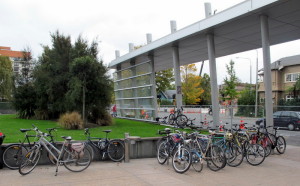
We do need to take precautions and plan for earthquakes, or other disasters. Most suitable for Wellington is likely to be a plan for getting people and supplies in and out by sea, and by air. The port and airport infrastructure may be seriously affected and need urgent repairs, but that is far more manageable in a short time frame than an extensive road network relying on repairing connections along viaducts near fault lines.
Transmission Gully has a huge opportunity cost – it means billions that won’t be spent on transport infrastructure that reduces our vulnerability to high oil prices, that reduces transport costs, and ameliorates problems that affect many more people EVERY SINGLE DAY. Happily, the transportation infrastructure that reduces our car and oil dependence will also prove more resilient in an earthquake or other disaster, so we should probably get on with investing in smart, green solutions asap.

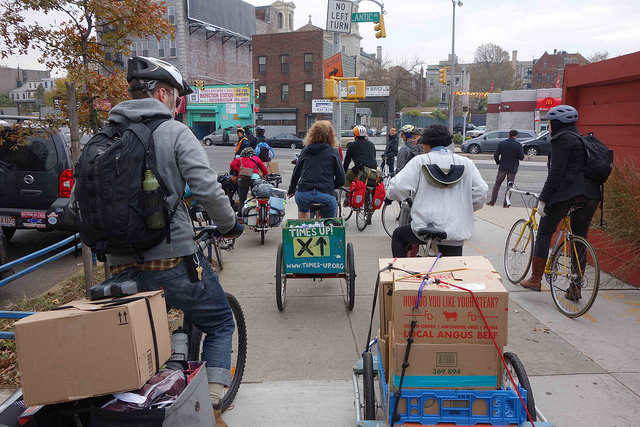
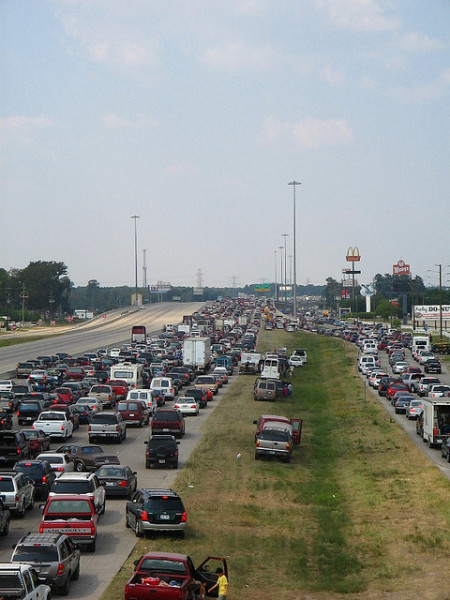
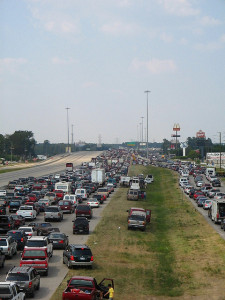


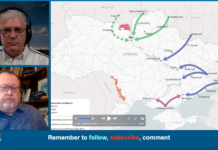

Hello, Hello, Hello – no anthropological climate change deniers here yet, DESPITE the fact that you have mentioned global warming in this article, and it is already eight hours since it was posted? Never mind, they can’t be far away (sound of fingers tapping on desk)
Bicycling was also most practical in the relatively recent Japanese earthquakes – bikes shops sold out instantly. We could bear in mind that japan is already a relatively cycle friendly society, but disaster made their utility even more obvious.
Comments are closed.